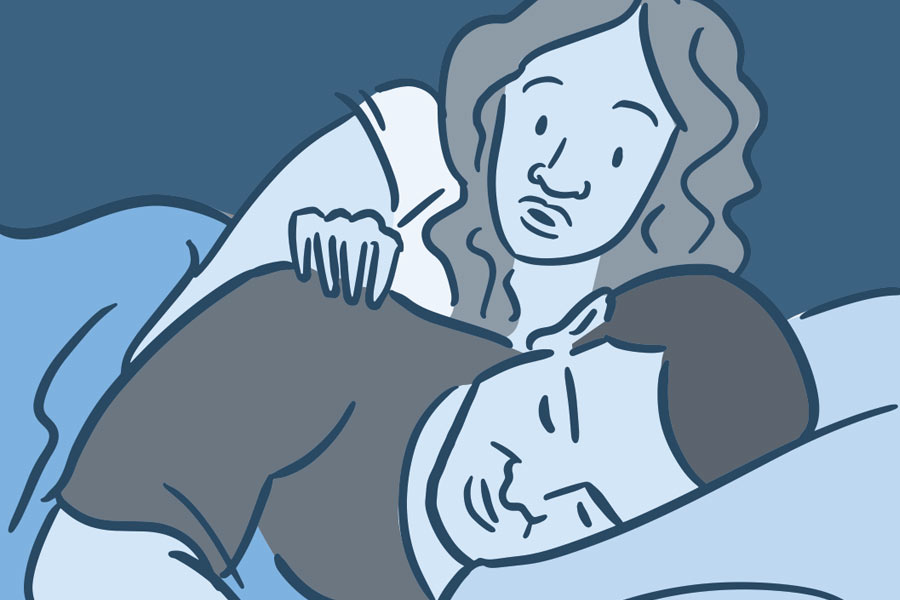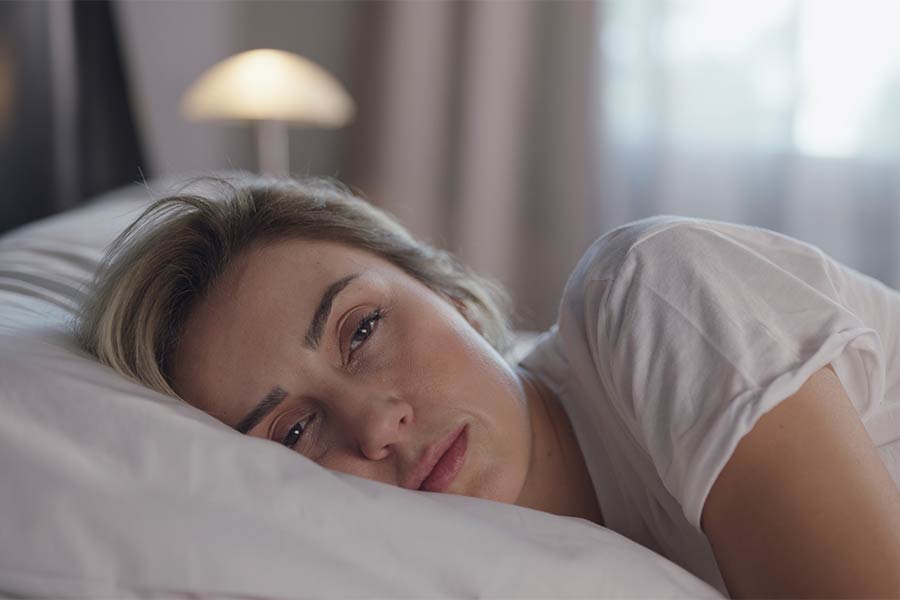
In the realm of sleep health, few conditions are as disruptive and potentially harmful as sleep apnea. The National Institutes of Health (NIH) addresses this significant issue in their article titled “Struggling to Sleep? Don’t Let Sleep Apnea Steal Your Sweet Dreams,” published in July 2017.
Sleep apnea, a prevalent sleep disorder, is characterized by pauses in breathing or shallow breaths during sleep. This disruption to normal breathing patterns can lead to fragmented sleep, daytime fatigue, and a host of other health complications. In their article, the NIH aims to raise awareness about sleep apnea, its impact on overall well-being, and the importance of seeking timely diagnosis and treatment.
The article begins by providing an overview of sleep apnea, detailing its two primary forms: obstructive sleep apnea (OSA) and central sleep apnea (CSA). It discusses the risk factors associated with each type, including obesity, age, gender, and anatomical abnormalities of the airway. By elucidating the underlying mechanisms and potential triggers of sleep apnea, the NIH sets the stage for a deeper exploration of its effects on health and quality of life.
One of the most significant consequences of untreated sleep apnea is its impact on sleep quality and daytime functioning. The article delves into the symptoms commonly associated with sleep apnea, such as loud snoring, choking or gasping during sleep, and excessive daytime sleepiness. It emphasizes the importance of recognizing these signs and seeking medical evaluation to prevent further complications.
Furthermore, the NIH highlights the potential health risks associated with untreated sleep apnea, including hypertension, heart disease, stroke, and cognitive impairment. By shedding light on the serious implications of sleep apnea for long-term health outcomes, the article underscores the importance of early intervention and appropriate management strategies.
In addition to raising awareness, the NIH article also provides practical guidance for individuals struggling with sleep apnea. It discusses various treatment options, including lifestyle modifications, continuous positive airway pressure (CPAP) therapy, oral appliances, and surgical interventions. By empowering readers with information and resources, the NIH aims to help individuals reclaim their sweet dreams and enjoy restorative sleep once again.





